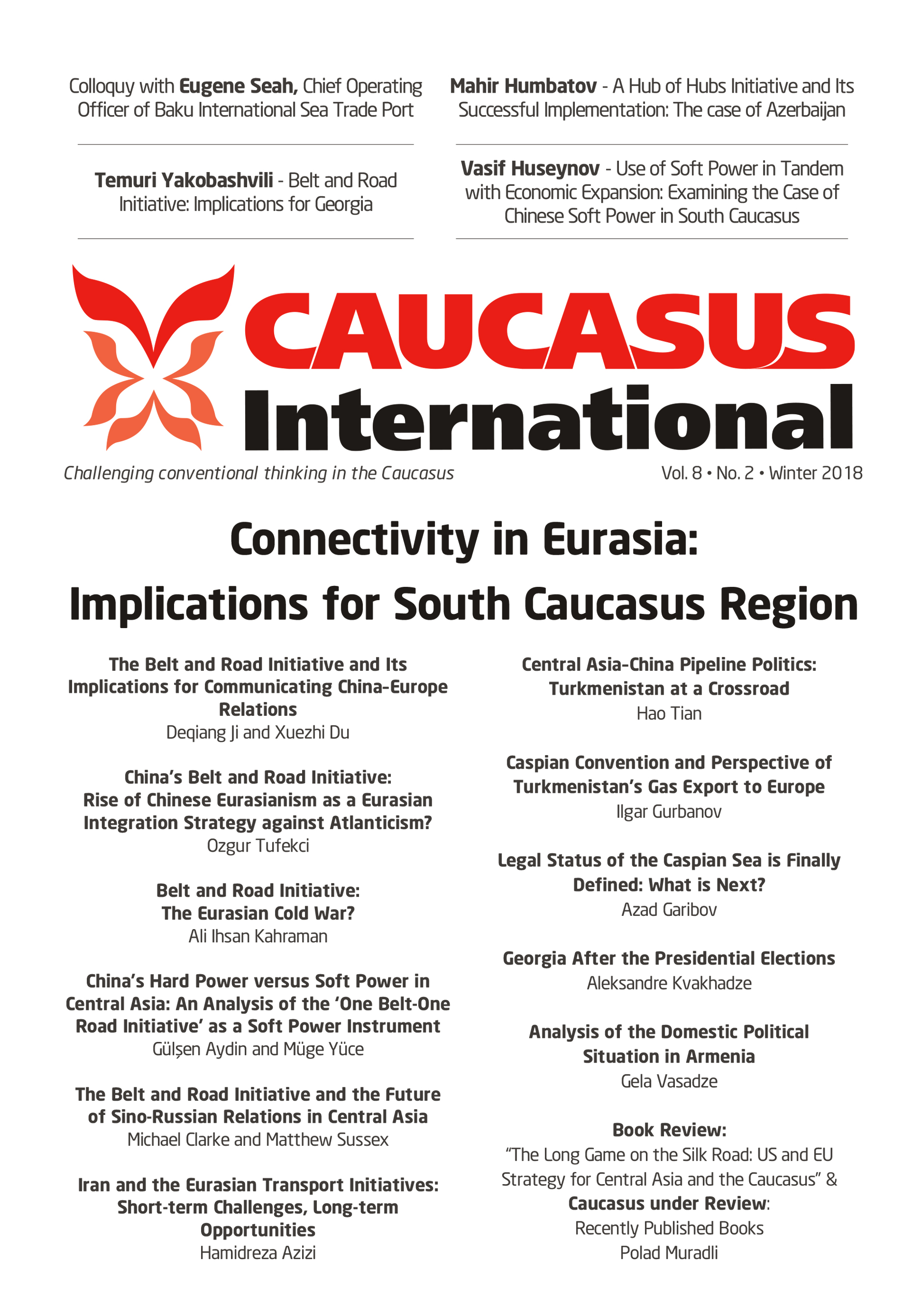The Belt and Road Initiative and Its Implications for Communicating China–Europe Relations
In the past five years, the Belt and Road Initiative has become a buzzword in the Chinese government’s policymaking in a wide range of arenas, including trans-border trade relationships, international diplomacy, national branding, and external communication, which, together, arguably define a China-initiated alternative path towards a new world order. As a communicative process, the BRI has been vigorously promoted by both the government and the state-owned media system to increase China’s global reach. Given the geopolitical dynamics that accompany the Belt and Road, it is necessary to theoretically rethink the complex communication relationship between China and different regions. China–EU relations have been chosen for the discussion in this article because of the connections via both the old and new Silk Roads. Firstly, we briefly lay out a historical trajectory of the BRI and the new connotations that are officially encapsulated in this terminology. Secondly, we examine the geopolitical dynamics in which the BRI was proposed by the Chinese government as an active response towards the US’ Asia-Pacific Rebalancing Strategy; meanwhile, the BRI also provides for mutual needs between China and Europe in terms of economic cooperation and mediated communication. Thirdly, Chinese and European media have a great potential to collaborate at multiple levels in order to both broaden organizational exchange and deepen mutual understanding.
Latest news
- 03/17/2020 Call for Submission: “Non-Alignment Movement and Its Perspective in International Affairs”. Deadline: 1 July 2020 2625 views
Popular articles
- 02/24/2020 The Role of Irredentism in Russia’s Foreign Policy 2536 views
- 02/24/2020 Construction of sub-national identity vis-à-vis parent state: Gagauz case in Moldova 2218 views
- 02/24/2020 The Conflict in Ukraine - The Geopolitics of Separatism and Divergent Identities (Commentary) 2072 views
- 02/24/2020 The Role of the Soviet Past in Contemporary Georgia 2044 views





